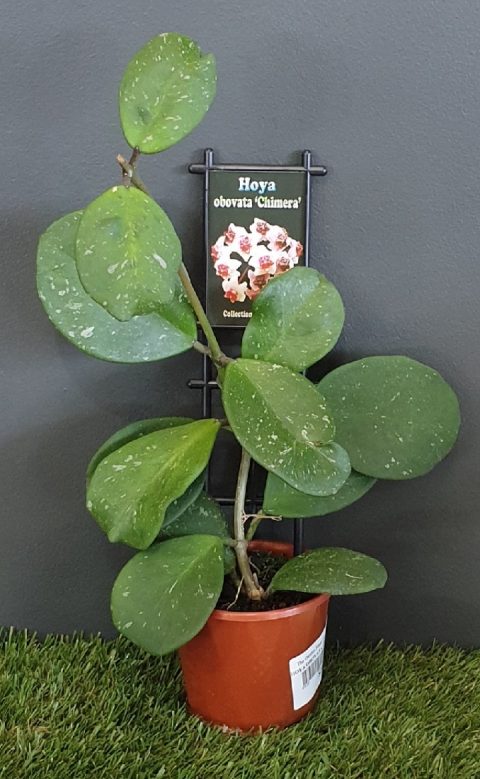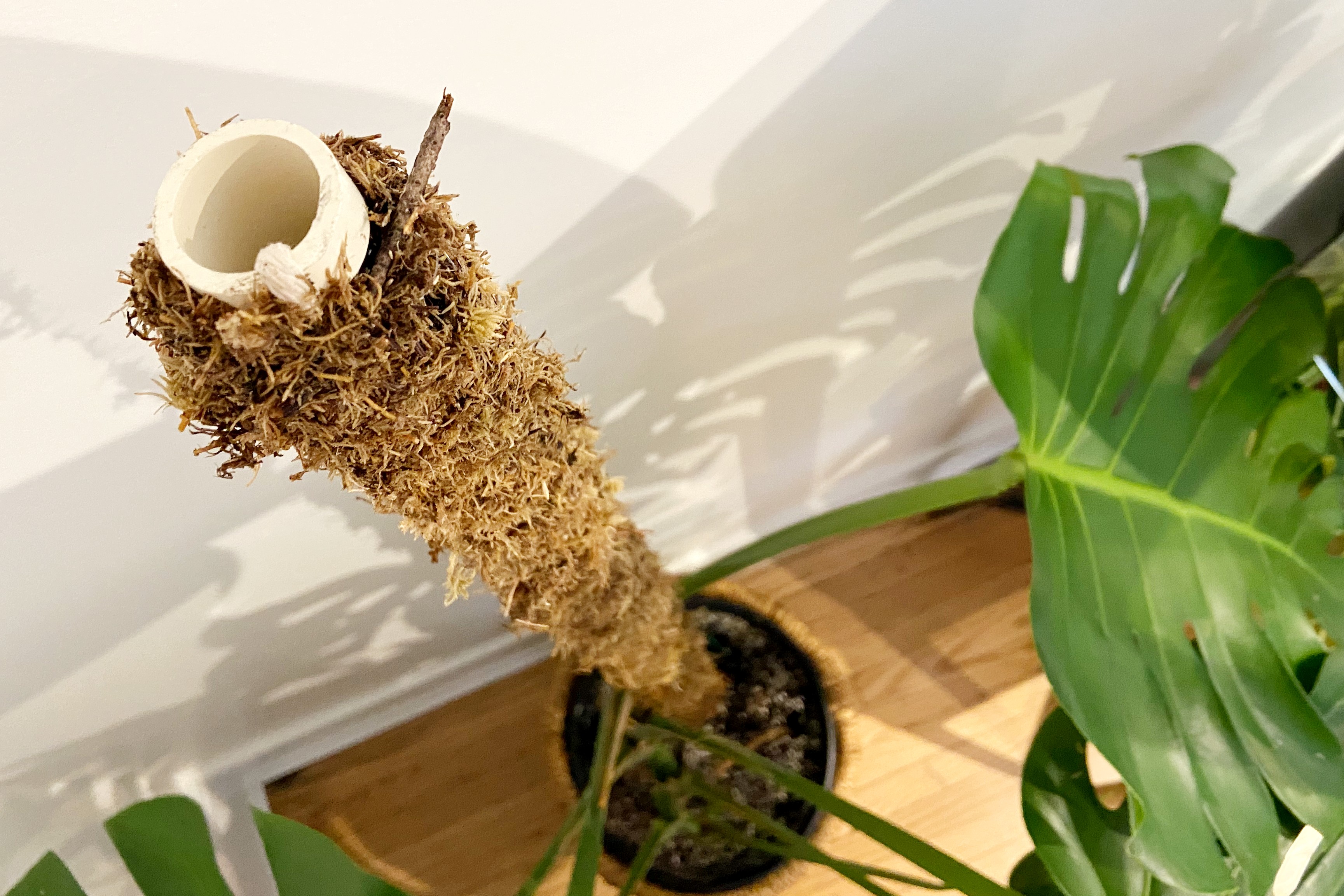Chimera Plant Indoor: Unveiling Growth Patterns and Care Insights

There’s a reason I’ll never forget the first time a chimera plant arrived at my door. The package was battered, the label misspelled, and I was convinced it would be a disappointment. Instead, out tumbled a scrappy cutting of Epipremnum aureum—its leaves striped with streaks of near-white and minty green like someone had taken a paintbrush to them after one too many espressos. That was back in 2017, when every “rare” plant seemed to arrive with more drama than instruction.

I learned quickly: chimeras don’t behave like straightforward pothos or violets. Their beauty isn’t just skin deep—it’s coded right into their patchwork genetics, which means their care is less about routine and more about adaptation. So if you’re staring down your own houseplant mosaic (or plotting to bring one home), let me hand you my playbook—seasoned by trial, error, heartbreak, and some truly unexpected plot twists.
What Makes Chimeras Different? A Ground-Level View
Forget the theoretical jargon; here’s what happens in real life: one week your chimera is a showstopper, the next it looks like half its leaves forgot how to party. These plants are genetic mosaics—a single leaf might have both all-green and nearly albino tissues fighting for space. In other words: they’re equal parts marvel and mess.
A case-in-point: My friend Lila shelled out $78 for an ‘Emerald Ripple’ African violet chimera at a local show (this was 2021). The seller warned her: “Don’t get attached to the stripes—they fade fast if you slip up.” She laughed. Two months later she texted me in panic—her blooms had gone purple, stripe-free, like Cinderella after midnight.
Light: Where Most People Slip
Here’s what most guides won’t tell you—chimera variegation is lazy by nature. It needs incentive to stick around! If your light is underwhelming—even by 10-15%—those creamy flecks will quietly vanish beneath new plain-green growth.
What works (tested dozens of times):
- East windows: If you can read small print at 9am without squinting, it’s perfect.
- South windows with sheer curtains: I use IKEA LILL curtains; cost me $4 per panel but saved countless leaves from sunburn.
- LED grow lights: Go for broad-spectrum bulbs set 18 inches above foliage on an auto-timer (I suggest Sansi or GE bulbs—avoid those purple “UFO” horrors). Set for 10 hours/day if daylight is poor.
Unexpected insight: When I moved three chimeras closer together last winter under one grow lamp (to save space), their variegation actually improved—not just because of extra light but thanks to micro-humidity from grouped pots (more on that below).

Water: Consistency Beats Caution
My early mistake? Treating chimeras like cacti (“less is more!”). But they’re not succulents—they just hate unpredictability.
Real-world tweak: Stick your finger into the soil up to the first knuckle; don’t water until it feels dry and slightly cool—not bone-dry crumbly or damp-squishy.
In numbers:
- Average interval in my apartment: Every 6 days during spring/summer, stretching to every 12–14 days in winter (for Pothos-like chimeras).
- African violet chimeras needed watering every 4–5 days due to shallower pots and fast evaporation.
Failed first attempt: I tried using moisture meters from Amazon ($12 each)—they were wildly inaccurate. A wooden chopstick inserted into the soil for ten seconds and checked for dampness works better!
Bonus lesson: Use lukewarm water only—I once shocked a prized Sansevieria ‘Moonshine’ with ice-cold tap water; its newly emerging silvery leaf shriveled at the tip within two days.
Drainage & Soil: Don’t Get Fancy
Every time someone tells me they use “fancy self-watering planters” for chimeras indoors, I hear warning bells. These plants despise soggy feet—the roots from their pale sections rot shockingly fast compared to regular green-leaved plants.

My golden ratio mix:
- 50% standard indoor potting mix
- 30% perlite
- 20% fine orchid bark
This chunky blend costs about $0.80 per cupful if bought in bulk locally—and has rescued more than one half-rotted chimera over five years!
Pots must have big drainage holes—I drill extra holes in plastic nursery pots using a $10 hand drill from Home Depot. No sitting in saucers of runoff water; fifteen minutes after watering I dump any excess away.
Humidity & Temperature: Small Tweaks, Big Rewards
This part gets overlooked but makes all the difference:
Tested strategy:
Group your chimeras together with other leafy plants—that cluster effect bumps up local humidity by as much as 7%. Measured in my living room via an $18 ThermoPro digital hygrometer: solo pot = ~38% RH; grouped = ~45%.
Pebble trays work too—but only if you keep refilling them weekly! If you want something low-effort, place bowls of water near heating vents during dry months—you’d be surprised how well this works to stabilize humidity around delicate foliage.
Never put these plants near drafty windows or blasting AC vents—I lost a ‘Pink Princess’ chimera that way in December two years ago; overnight chills turned its prettiest leaf edges brown and crispy within hours.

Ideal zone:
- Temperature: Stay between 65–75°F year-round
- Humidity: Aim for mid-40s percent minimum indoors; higher if possible but don’t stress as long as air isn’t desert-dry
Feeding Without Regret
Here’s where most people accidentally sabotage their patchwork beauties:
Counterintuitive truth: High-nitrogen fertilizer triggers aggressive green tissue growth—which will literally crowd out those rare white/yellow/pink streaks over time!
After ruining two Golden Pothos chimeras this way (both reverted mostly green after four feedings), I switched tactics:
- Use balanced liquid fertilizer at half strength once monthly during active growth
- Skip fertilizing entirely from mid-fall through late winter
- For African violets specifically? Opt for Schultz African Violet Liquid Plant Food (#8–14–9 NPK) —never generic flower food
Cost breakdown? One bottle lasts me three full growing seasons ($8 total).
Real-Life Fixes From My Chimera Diaries
The Forgotten Snake Plant
In July 2019, I left my ‘Moonshine’ Sansevieria on a friend’s shaded porch while on vacation—a classic neglect move. When I returned three weeks later every new shoot had reverted solid green while existing leaves faded at the tips. Recovery took patience:
- Moved it back under bright indirect light inside.
- Trimmed off all-green shoots.
- Waited… Six months later? Silver returns—with even starker contrast thanks to consistent conditions.
The Panicked African Violet
Lila’s aforementioned violet lost its signature stripes because she watered haphazardly with hard tap water high in minerals (we’re talking calcium crusts on her kettle). My fix:
- Switched her to filtered/distilled water only.
- Set alarms for twice-weekly checks.
- Stripes reappeared within eight weeks—and have stuck ever since (she even won Best Chimera Blossom at her garden club last spring).
Troubleshooting Cheat Sheet
Lost variegation?
Increase light immediately (grow lamp helps), cut back on feeding nitrogen-rich fertilizers, prune off plain-green shoots before they dominate.

Brown tips/edges?
Check humidity first—if below ~40%, group plants closer or add pebble tray ASAP.
Mushy stems/roots?
Repot STAT into drier chunky soil mix; remove any rotten portions aggressively before replanting—don’t wait!
Propagation headaches?
Chimera propagation rarely works from single leaf cuttings—their magic comes from multi-layered tissues that don’t always transfer reliably via simple methods.
Best bet: Take crown/rhizome divisions where possible or stem sections where both tissue types are visible side by side.
Everyday Routine That Works
All this boils down not to wizardry—but habit:
- Choose your brightest filtered spot
- Mix up chunky soil ahead of time so repotting isn’t rushed
- Water consistently—but only when top inch passes the finger test
- Snap progress pics monthly—you’ll catch subtle declines before disaster strikes
- Keep a cheap digital hygrometer ($18 max) near your plant station—it keeps you honest about air conditions
- Share stories with others—every rescued chimera turns into bragging rights among plant nerds!
No matter how many books or blogs try boiling everything down into bullet points, nothing replaces lived experience—and yes, sometimes failure comes before triumph (or Instagram glory shots). If you’ve coaxed back even faint speckles on a fading chimera leaf… honestly? Welcome aboard—the club is proud but never quite smug!
Chimera care isn’t about perfection—it’s about tuning into changeable personalities and adjusting along with them—a kind of ongoing conversation between you and nature’s weirdest masterpieces right there on your windowsill.



